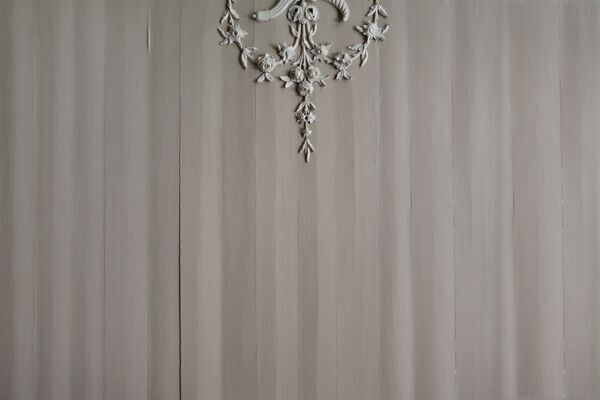A building can be thought of as a container that serves a multitude of purposes. Over the years, the Maria chapel has become a copy of itself: it was built, emptied out, converted, partly destroyed, rebuilt, partitions constructed and removed, renovated and repurposed – all while remaining within the same fixed footprint. The events that took place on the site have been measured, interpreted and registered in a ceaseless accumulation of records, yet the structure itself does not possess the ability to lay bare the complexity of its social history.
For the exhibition grafts by Sunette Viljoen and Blaine Western, the series of reconstructions and renovations that occurred on this site in Korte Achterstraat became a catalyst for looking at the broader context and circumstance of how objects and spaces either perform or silence aspects of history. The material presence of the building itself is scrutinised through a comparison with what remains of the nearby Cecilia chapel – a building thought to be nearly identical in period, style and initial function – in order to see how each space has registered or preserved different aspects of the past.
Together with the physical space of Hotel Maria Kapel, Viljoen and Western will occupy the web domain, and have distributed a series of posters throughout the town of Hoorn. By borrowing a repertoire of platforms associated with display, they search for different ways to describe and make visible the history of the chapel and its surroundings.
The exhibition grafts is kindly supported by the Mondriaan Fund, the municipality of Hoorn, Creative New Zealand, and the Van Ewijck Stigting.
